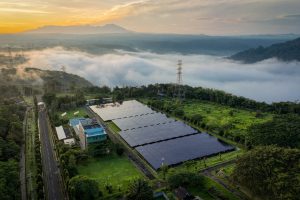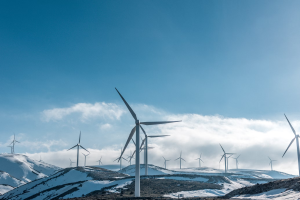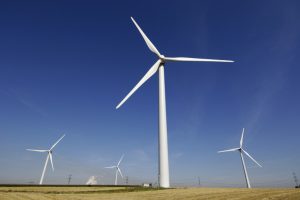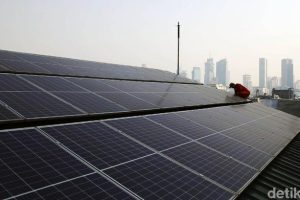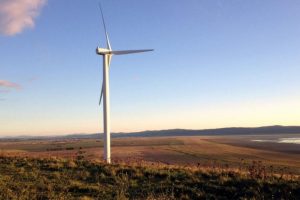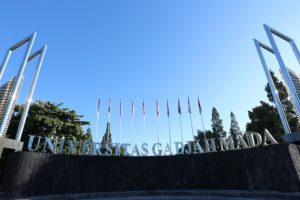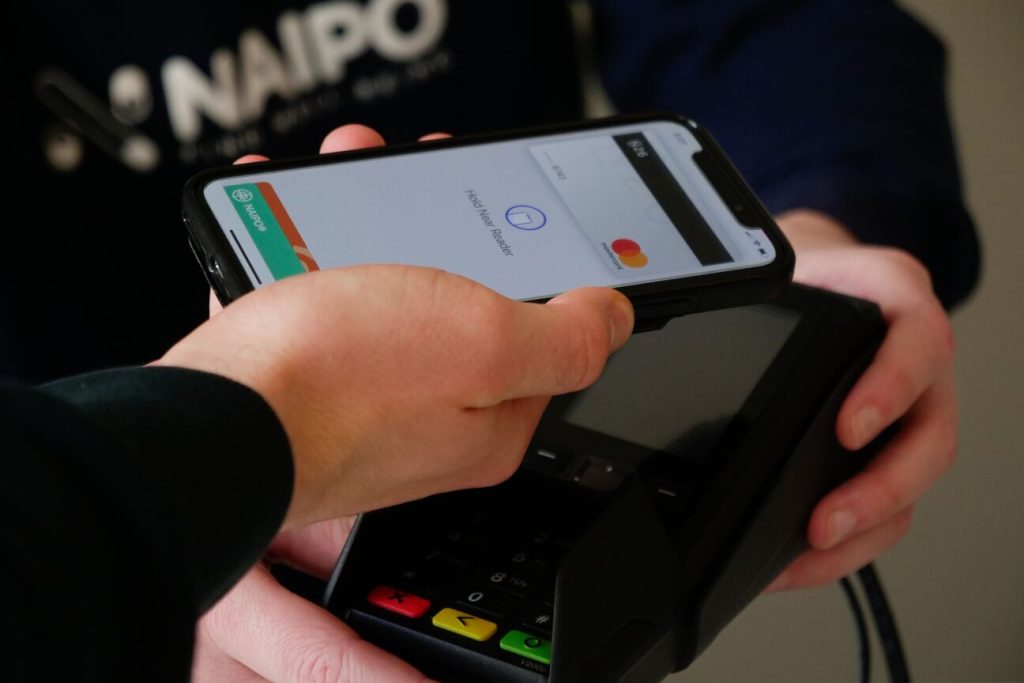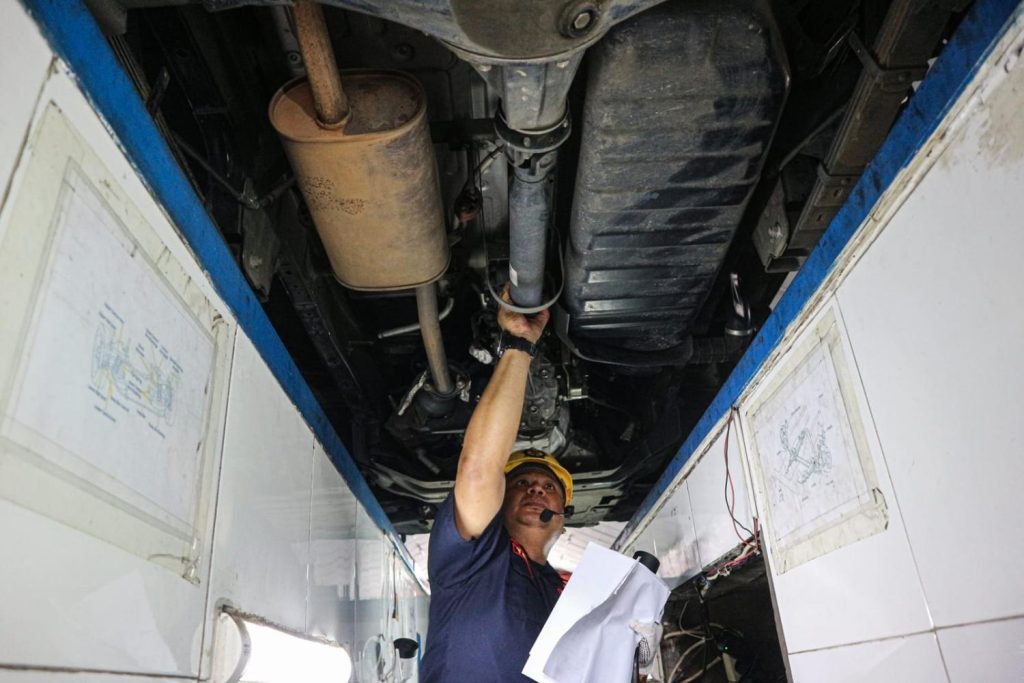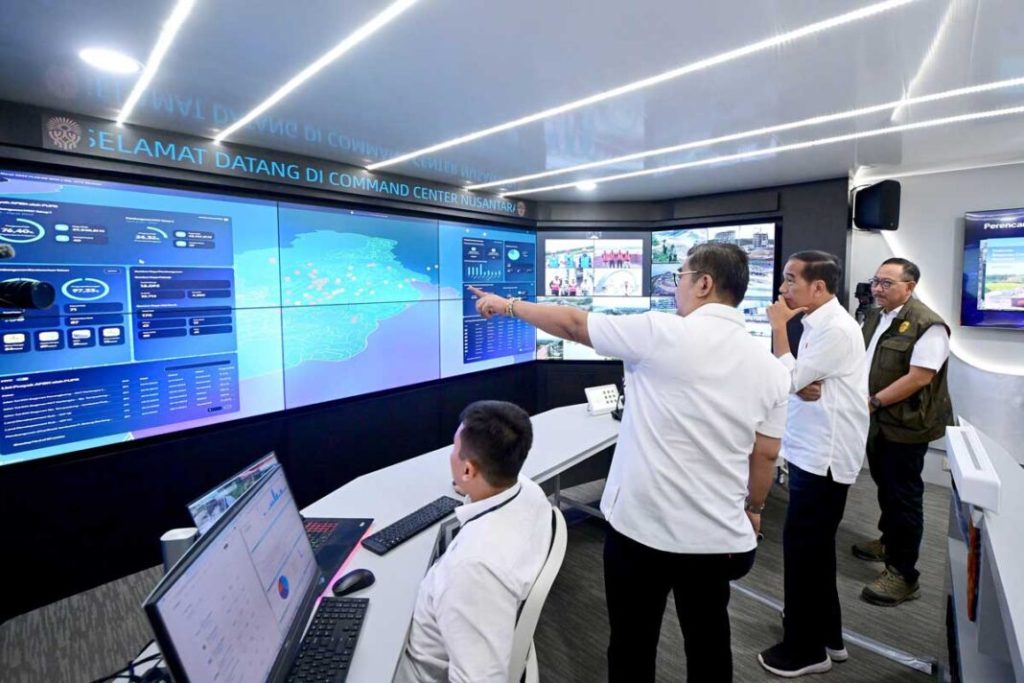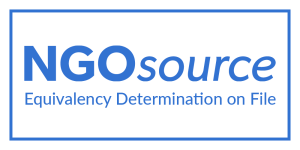Indonesia and Japan marked the 60th anniversary of diplomatic relations between the two countries on January 20, 2018. The time is an important and timely occasion to strenghthen the bilateral relations in various sectors especially in the energy sector.
The cooperation in the energy sector had dated back to the 1970s when Indonesia’s had its first two LNG plants: Arun and Bontang; LNG plants that were developed by the Japanese firms. The plant was built to supply LNG to Japan to meet the country’s LNG demand while the rest of the supply was allocated to other countries. In addition to those two plants, the Tangguh LNG plant which was built by British Petroleum (BP), also included a Japanese firm in its consortium. This shows a large amount of investment by Japan in the LNG sector which resulted in Japan being the largest cumulative importer of Indonesia’s LNG export product (70%) in 2007. Additionally, Indonesia’s geographic in the Malaka Strait was considered to be a strategic location to supply Japan’s LNG demand compared to the other LNG supplier like Australia and the Middle East (Boyd, 2009).

Figure 1 Japan LNG delivery options and distance comparison between Indonesia, Australia and the Middle East (Boyd, 2009)
The bilateral cooperation in energy between Japan and Indonesia has continued to strenghtened since then. The Japan-Indonesia Economic Partnership Agreement (JIEPA) was signed in 2007 and took force in 2008. The JIEPA agreement in the energy and mineral sector aimed to promote, facilitate investment and secure the energy and mineral supply of both countries. Specifically, the cooperation covered: (i) promotion and facilitation of investment, (ii) import and export restrictions, (iii) export licensing procedure and administration; (iv) Energy and Mineral (EMR) resources regulation, (v) environmental aspect, (vi) community development, (vii) cooperation, and (viii) sub-committee on energy and mineral resources. After the JIEPA was signed, an investment forum between Indonesia and Japan was held. The forum was attended by Kadin (the Indonesian Chamber of Commerce) as the representative for Indonesia, and Keidanren (Japan Business Federation) and JETRO (Japan External Trade Organization) as representatives of Japan. During the forum, a number of energy exploitation projects was signed, the project includes: (1) the-300 MW Sarulla Geothermal Power Plant, (2) the-600 MW steam powered power plant in Cirebon, West Java, (3) the-800 MW steam powered power plant in Piton, East Java, (4) the Brown Coal Liquefaction Project in Satui, South Kalimantan, and (5) the LPG Project in Indramayu, West Java. The projects were able to provide a significant addition to both Indonesia’s installed electricity capacity and energy diversification program.
Indonesia and Japan also cooperated in the biomass sector with Indonesia being the largest palm oil bunch to Japan. The export of palm shell biomass to Japan in 2016 reached 450 thousand tons and to Korea reached 400 thousand tons, with total export value to both countries worth more than Rp 1 trillion (OG Indonesia, 2017). Out of the 25% of renewable energy targeted by Japan in 2025, up to 4% is expected to come from bio-energy. This upcoming demand will present a significant opportunity for Indonesia to export their empty palm oil bunch to Japan. Additionally, Indonesia and Japan also pledged to work together in the waste to energy technology with Surabaya as the pilot city in waste management and waste to energy project (Koran SINDO, 2017). With more than 64 million tonnes of waste generated annually, Indonesia will benefit by learning from Japan’s waste management and waste to energy framework.
As shown in Figure 2, Japan also participated in the Engineering Procurement Construction (EPC) of several Indonesia’s energy projects, especially in providing electrical technology for operating the power plant in geothermal. Japan also participated in a Waste-Heat to Electricity conversion project in Tuban, East Java. In this project, JFE Engineering Corporation installed a Waste-Heat Recovery Power Generation at a cement factory which is able to produce 32 MW of electricity. The temperature of the gas emission from the factory could reach up to 400-degree Celsius and is used to a boiler to generate electricity. This shows that Japan is actively participating in supporting Indonesia’s energy development through the means of technological provision and transfer.

Figure 2. Map of geothermal projects in Indonesia where Japan participated in developing (Asia Biomass Office, 2013)
The sustainable low carbon energy project is also a growing project in the cooperation between Japan and Indonesia. This is due to a global response to the Sustainable Development Goals number 7 as well as the Paris Agreement. Through the Joint Crediting Mechanism (JCM), one of the Japanese agencies cooperates with Indonesia focusing on low carbon activities, including the efficient cooler installation, air conditioner and LED lamp in a convenience store/mini market chain, named Alfa Midi, in Indonesia (see Figure 3). Because of the implementation of this project, the electricity consumption of the minimarket was reduced up to 25% of the initial energy consumption.
Another example is the implementation of rooftop solar PV in Aeon Mall (East of Jakarta), one of the Japanese shopping malls in Indonesia. The mall installed solar PV providing 500kWp of electricity to the lighting system in the shopping mall. The expected reduced carbon emission from the installation of this rooftop solar PV will reach up to 549 ton CO2 / year. This suggests a roughly equivalent of carbon emission for 238 hectares of forests in one year based on US Environmental Protection Agency (EPA) Greenhouse Gas Equivalencies Calculator.
All of the above examples show that Japan’s cooperation with Indonesia in the energy sector is not limited to the industrial application, but also in the commercial sector. With a growing scope of participation, it is expected that both countries will benefit from the cooperation in reaching the Sustainable Development Goal.

Figure 3. An example of Joint Crediting Mechanism (JCM) – Indonesia project in Low Carbon Energy Project
Left: Energy efficient cooling in a mini market. Right: Rooftop Solar PV installed on a shopping mall (Hindarto, 2017)
With the mark of 60th anniversary of Indonesia-Japan diplomatic relations this year, it is a strategic momentum for the two countries to reflect what they have achieved together. Looking forward to a vibrant partnership in the future, it is also becoming more important to strengthen such cooperation in the energy sector given that there are evergrowing challenges and demand for sustainable energy provision. In particular, both countries plan to significantly increase their renewable energy contribution to their respective energy mix and to stimulate the renewable energy capacity. As shown in Figure 4, the goals for renewable energy in Japan’s energy mix is 24%, while for Indonesia it is 23%. However, the difference is that Japan excluded nuclear energy from renewable energy’s mix as it focuses its nuclear energy share to contribute 20% of the total share by 2030. In Indonesia, nuclear energy is the last priority of the renewable energy development, but Indonesia may start to learn on Japan’s strategy in developing its nuclear energy.

Figure 4. Energy Mix of Indonesia and Japan (International Energy Agency, 2018)
Both countries should also develop new technology and establish policies which support carbon reduction by renewable energy generation and energy conservation. This means that an advanced technology investment will be needed. The technological investment should not only limited to renewable energy, but it also can be invested in maximizing fossil fuel production which still dominates in both countries energy mix.
Bibliography
Asia Biomass Office. (2013, June 2). Japanese Companies Cooperating over Geothermal Power in Indonesia. Retrieved May 18, 2018, from Asia Biomass Office Web Site: https://www.asiabiomass.jp/english/topics/1306_05.html
Boyd, M. (2009, August 28). Retrieved May 5, 2018, from The Institute of Energy Economics, Japan: http://eneken.ieej.or.jp/data/2928.pdf
Hindarto, D. E. (2017, November 3). The JCM Implementation in Indonesia and its evolution towards sustainable low carbon growth cooperation. Retrieved May 18, 2018, from Carbon Market Express Japan Web Site: https://www.carbon-markets.go.jp/wp-content/uploads/2017/11/3_Indonesia.pdf
International Energy Agency. (2018). IEA – IRENA Joint Policies and Measures Database. Retrieved May 18, 2018, from International Energy Agency Web Site: https://www.iea.org/policiesandmeasures/renewableenergy/
Koran SINDO. (2017, January 18). RI-Jepang Kelola Sampah untuk Energi. Retrieved May 18, 2018, from Okezone Web Site: https://economy.okezone.com/read/2017/01/18/320/1594291/ri-jepang-kelola-sampah-untuk-energi
OG Indonesia. (2017, July 11). Kembangkan EBT, Permintaan Jepang atas Cangkang Sawit Indonesia Melonjak. Retrieved May 18, 2018, from OG Indonesia Web Site: http://www.og-indonesia.com/2017/07/kembangkan-ebt-permintaan-jepang-atas.html
* This opinion piece is the author(s) own and does not necessarily represent opinions of the Purnomo Yusgiantoro Center (PYC)
